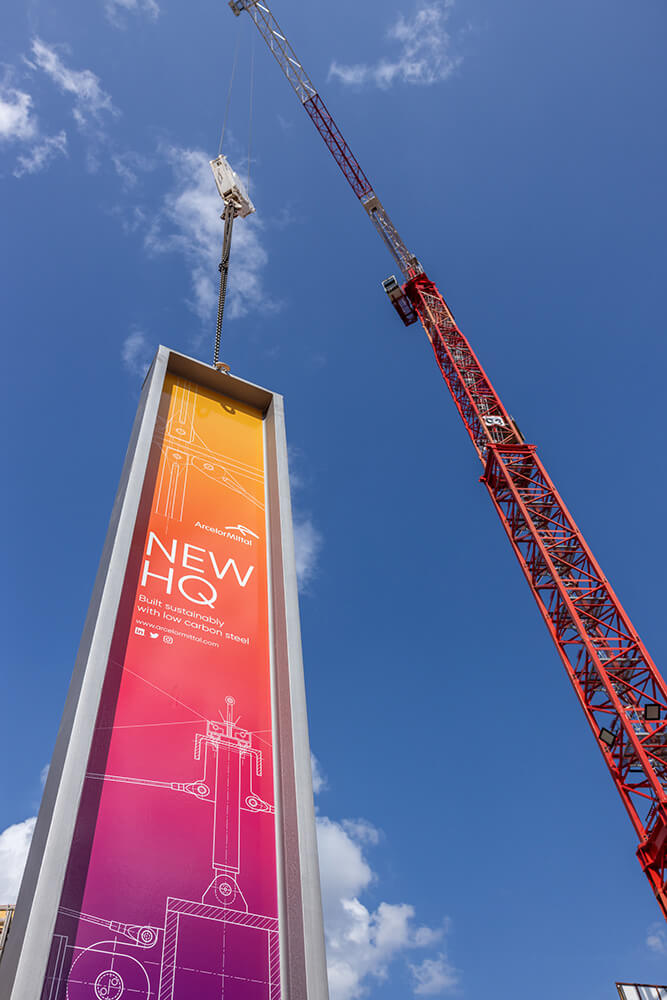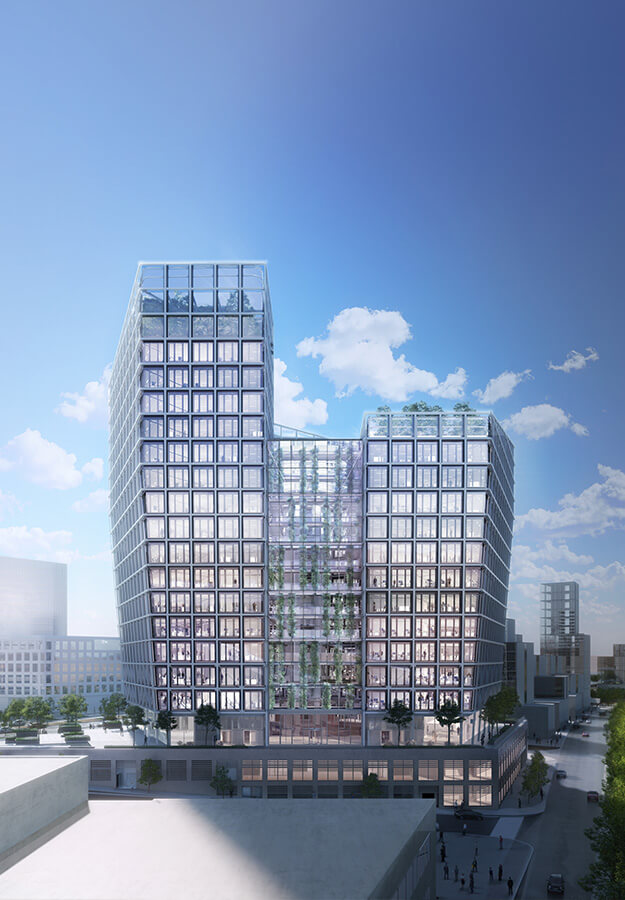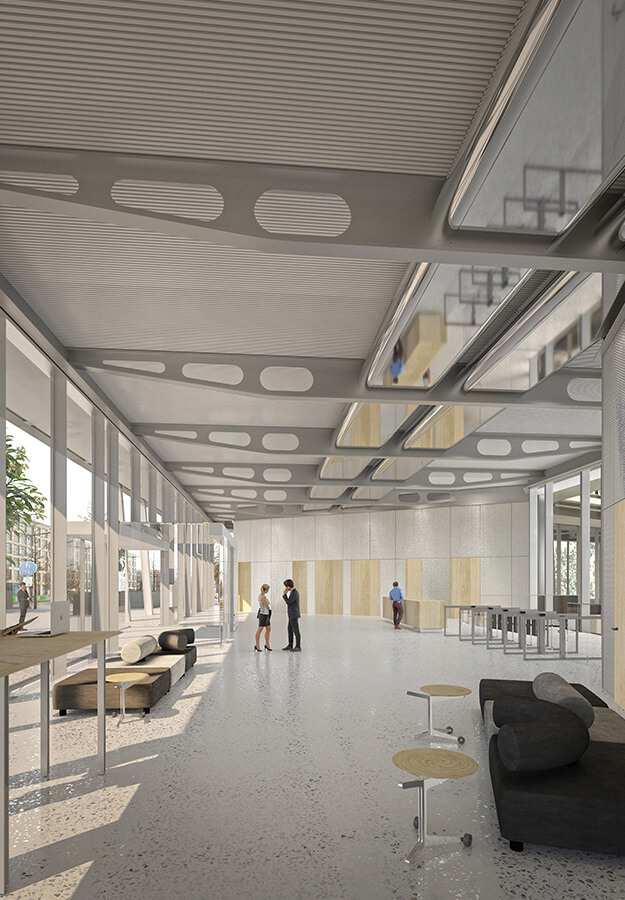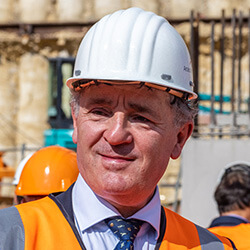
ArcelorMittal Europe – Flat Products

ArcelorMittal Europe – Flat Products
Reducing the CO2 footprint of your products with our electrical steels? Yes you can.
Read more
Imagined by French Architect Jean-Michel Wilmotte, supported by ArcelorMittal Global R&D teams, this new building is designed with decarbonated steel and aims for certification by three major sustainability labels: BREEAM, DGNG, and WELL.
Its concept proposes a holistic approach to construction putting in practice fire engineering theories, composite beams and floors coupled to long span girders without intermediate column giving the construction an outstanding flexibility.
The materials we are using include beams, heavy plate, Magnelis®, and a range of other flat and long products from ArcelorMittal. Most of these materials are supplied with XCarb® green steel certificates and/or XCarb® recycled and renewably produced, enabling us to reduce our Scope 3 emissions.
Despite their different production routes, the heavy plate produced via the blast furnace (with XCarb® green steel certificates) and the XCarb® recycled and renewably produced heavy plate have similar properties. That means we can easily incorporate new recycled and renewably produced products into the construction and improve the environmental profile of the building as ArcelorMittal’s decarbonisation efforts gather pace.



Using sustainable steel construction principles and ArcelorMittal products has enabled us to reduce the height of the building. The final structure will be seven to ten times lighter than one made from traditional materials, and have a significantly lower carbon footprint.
But we’re going further and looking to a future circular economy when this building reaches the end of its useful life. In 2024 ArcelorMittal will launch a competition involving major European architectural faculties. The students will be asked to imagine how they would reuse components from ArcelorMittal’s headquarters in 50 years. With more than 10,000 tonnes of steel used to create the building’s structure – there will be a lot of material for them to work with!
As most of the steel is protected – with coatings such as Magnelis® or by being inside the building – it will have the same strength and properties as it does today. The steel is also easy to re-cut and re-dimension. And any waste can be recycled to create new steel.
In theory this process of reuse can continue forever. It will also ensure that ArcelorMittal’s new global headquarters continues to contribute to creating a better world – today and in the future.

Pierre Engel,
CEO of ArcelorMittal Kirchberg Real Estate.